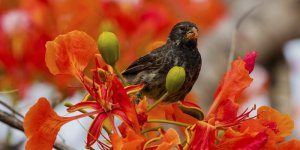Science News
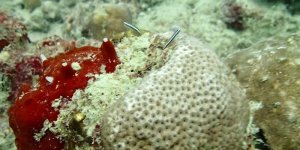
Genes in certain corals and their symbiotic photosynthetic algae may play a role. »
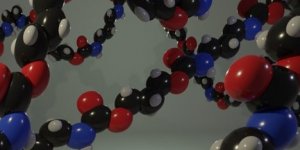
Ultrathin material is durable and sustainable. »

Warming Arctic presents potential new threats to humans and marine wildlife. »

Researchers study the efficacy of bioengineered bone reconstruction materials. »

Researchers uncovered more than 60 ancient tools in a cave in Morocco. »

Sensor integrates specially designed DNA fragments and nanopore sensing. »

Could curb a drinking water-related disease that affects tens of millions of people. »

New approach deepens understanding of black holes. »
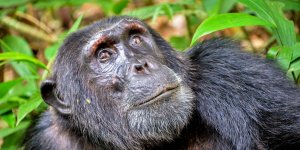
An asteroid strike 66 million years ago wiped out the non-avian dinosaurs and devastated the Earth’s (...) »
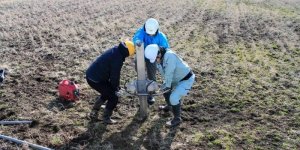
Work ushers in new era of research aimed at better prediction. »
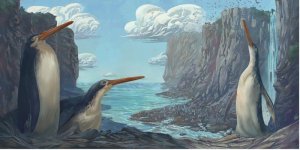
Scientists compared the fossil to digital versions of the bones. »

Understanding how plumes take shape above thunderstorms could help forecasters. »

A new phase of matter, thought to be understandable only using quantum physics, can be studied with far simpler classical methods. »

Aspen stands change their genetic structure over time. »

Extra-sharp edges of fangs, stingers, claws and mandibles puncture tough skin. »

A handheld screening device that detects subtle misalignment (...) »

Analysis of unique fingerprints in light emitted from material (...) »

A study carried out at 19 workplace cafeterias has shown that reducing portion sizes and replacing (...) »

Models responded like real wood-frame homes during recent hurricanes. »

Scientists document a loss equivalent to detonating a Hiroshima nuclear bomb. »

Dark energy, the mysterious force that causes the universe to accelerate, may have been responsible for unexpected results (...) »

Readily available food in places packed with people may be the reason. »

Chilean scientists have announced the discovery of the first-ever southern hemisphere remains of a type of Jurassic-era "winged lizard" known as a pterosaur. »

New insights into the role genomic structural variants play in gene expression. »

As trees grow, does their seed production, too? »

Development may lead to a real-time test for farmers to determine soil productivity. »

The rise and fall of Earth’s land surface over the last three million years shaped the evolution of birds and mammals, a new study has found, with new species evolving at higher rates where the land has risen most. »

The worldwide loss of bees and other pollinators is driven primarily by changes in land use (...) »

Research reveals 'sponge' made by Geobacter can soak up uranium. »

Thermoelectric technology converts waste heat into energy. »

Study reveals threshold of reserves necessary for trees to survive. »

Researchers have retraced the lifetime journey of an Arctic woolly mammoth. »

Survey reveals new information on mysterious parts of the Milky Way. »

New process for making nano-biomaterials with limited environmental impact. »

Important parallels to other vector-borne pathways for disease transmission. »

Researchers have captured on film the moment when a Seychelles giant tortoise, Aldabrachelys gigantea, attacked and ate a tern chick. »

Climate-smart agriculture practices such as research-backed crop rotation, along with precise water and nutrient management, can safely and (...) »

Indian Ocean has been warming much more than other oceans over the last half-century. »

Researchers have developed a mathematical model that can predict the optimum exercise regime for building muscle. »

Simulation of the deep-sea Venus flower sponge and how it responds to and influences the flow of nearby water. »

Researchers have developed a framework for monitoring communities' resilience. »

Root-associated microbes help plants cope with drought stress. »

Game-changing discovery impacts tissue engineering, wound healing and cancer research. »

Test finds ash at concentrations so low and sizes so small that other tests would likely miss it. »

Cuttlefish can remember what, where, and when specific things happened – right up to their last few days of life, researchers have found. »

Models and lab tests suggest the asteroid could be venting sodium vapor as it orbits close to the Sun, explaining its increase in brightness. »

Researchers know less about the shipworm than previously thought. »

Global microbiome transition network hints at origins and evolution paths of microbiomes. »

